In a bid to expand its offerings and tap into the growing demand for unmanned aerial vehicles, Robinson Helicopter, America’s largest non-military helicopter manufacturer, has acquired Ascent AeroSystems, a small drone maker based in Wilmington, Massachusetts. The acquisition, for an undisclosed amount, marks a significant move for the 51-year-old company as it seeks to diversify its product line and appeal to new customers, particularly the U.S. Department of Defense.
Scaling Up Drone Production
Robinson CEO David Smith plans to quickly ramp up the production of Ascent’s drones at the company’s Los Angeles-area factory. The goal is to manufacture hundreds of drones per month within the next 12 to 24 months. Smith believes that Robinson’s decades of manufacturing experience will give them a competitive edge in the domestic Drone Industry, where most companies are producing at low volumes.
The acquisition comes at a time when the Pentagon has launched an ambitious initiative called Replicator, which aims to build thousands of autonomous systems in the next two years to counter China’s advantage in troop and weapon numbers in a potential conflict over Taiwan. Smith and Ascent CEO Peter Fuchs hope that their combined manufacturing capabilities will appeal to Defense Department officials.
Integrating Autonomous Flight Technology
In addition to scaling up drone production, Smith sees the acquisition as an opportunity to bring Ascent’s autonomous flight technology to Robinson’s helicopters. This integration could lead to unmanned teaming and provide a more cost-effective means of extending aerial surveillance capabilities for public safety agencies facing budget constraints.
Smith envisions using Robinson’s Police helicopters as motherships to carry Ascent’s drones to incident scenes, where they would be launched while airborne and supervised from the helicopter. This approach would provide more cameras, sensors, and communication capabilities without overtaxing the tactical flight officers or crew.
Ascent’s Unique Drone Design
Ascent’s drones, such as the Spirit, feature a unique design with coaxial counter-rotating rotors, resulting in aircraft that are 75% smaller and 50% lighter than comparable quadcopters. This design allows them to fly twice as fast and four times as far, with twice the payload, according to the company. The Spirit is one of the few drones vetted by the Department of Defense for use by U.S. Government agencies, addressing concerns over the security risks associated with Chinese-made commercial drones.

Challenges and Opportunities
Despite its innovative design, Ascent has struggled to secure large orders, with only $2.1 million in publicly announced federal contracts since 2017. The company faced a “reset” in 2023, forcing Fuchs to lay off half of his staff. Recognizing that prospective customers might doubt their ability to execute large orders, Ascent’s founders saw the acquisition by Robinson as a necessary step.
For Robinson, the expansion into drones could be a way to utilize excess plant capacity, as the helicopter market has been soft for the past 15 years. However, the company faces challenges related to labor shortages, a problem prevalent throughout the aerospace industry. Smith believes that integrating the manufacture of Ascent’s drones will generate significant volume with only a small increase in headcount, thanks to the overlap in parts and materials used in Robinson’s helicopters.
The acquisition of Ascent AeroSystems by Robinson Helicopter represents a strategic move to enter the growing drone market and diversify its product offerings. By combining Ascent’s unique drone design and autonomous flight technology with Robinson’s extensive manufacturing experience, the company aims to position itself as a leading player in the domestic drone industry. While challenges remain, particularly in terms of defining the specific missions and requirements for these unmanned aerial vehicles, the acquisition holds promise for both companies as they navigate the evolving landscape of aerial surveillance and defense applications.




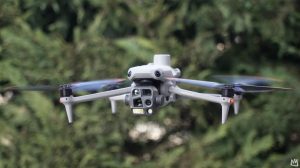


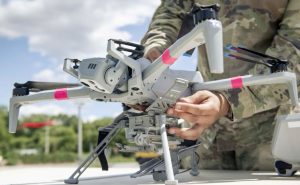

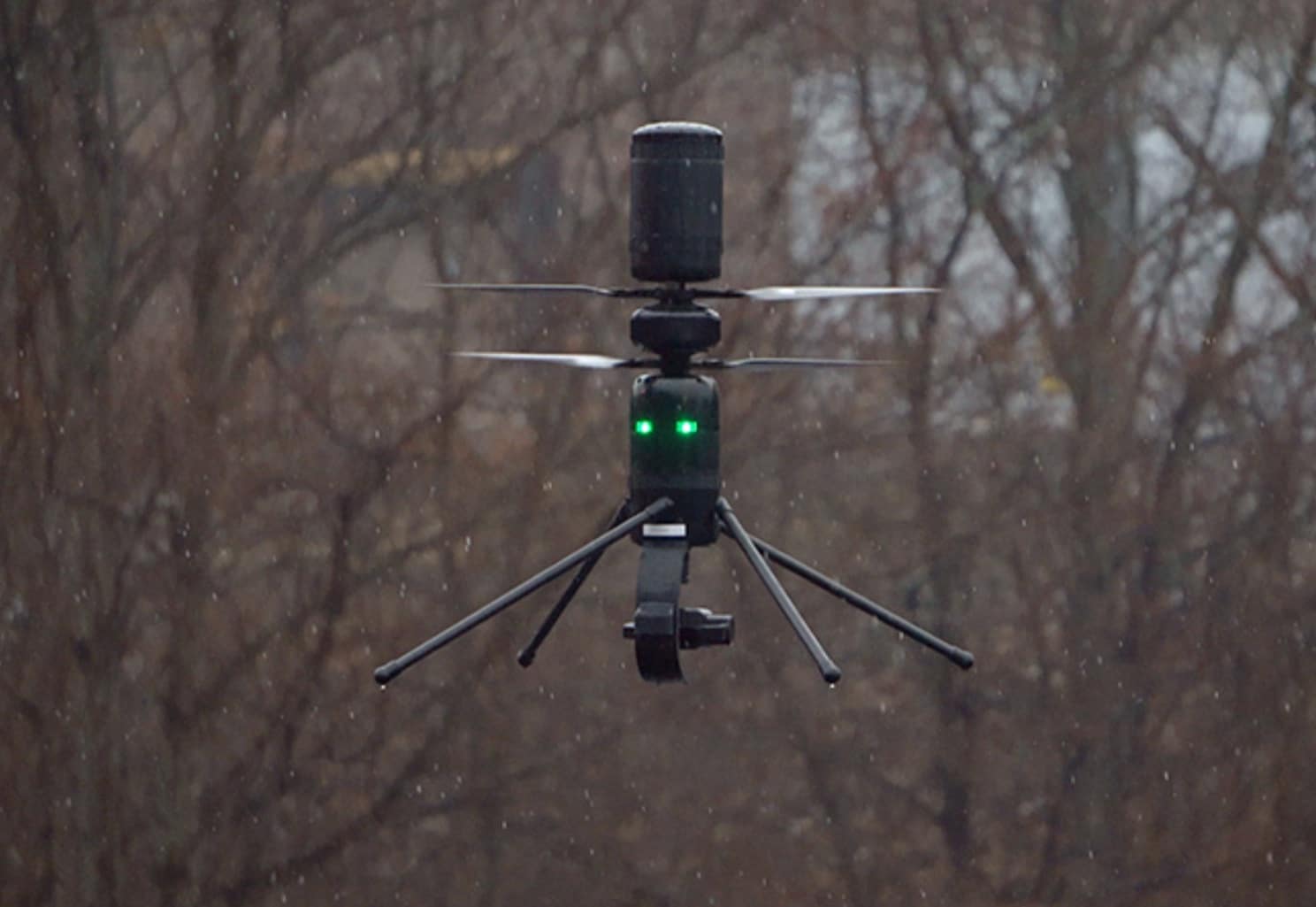




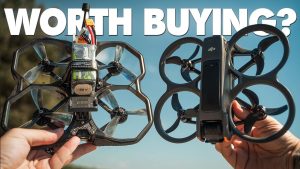

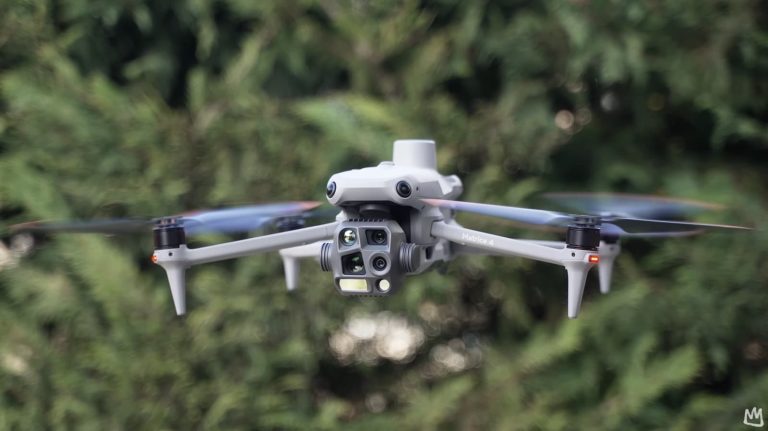



+ There are no comments
Add yours